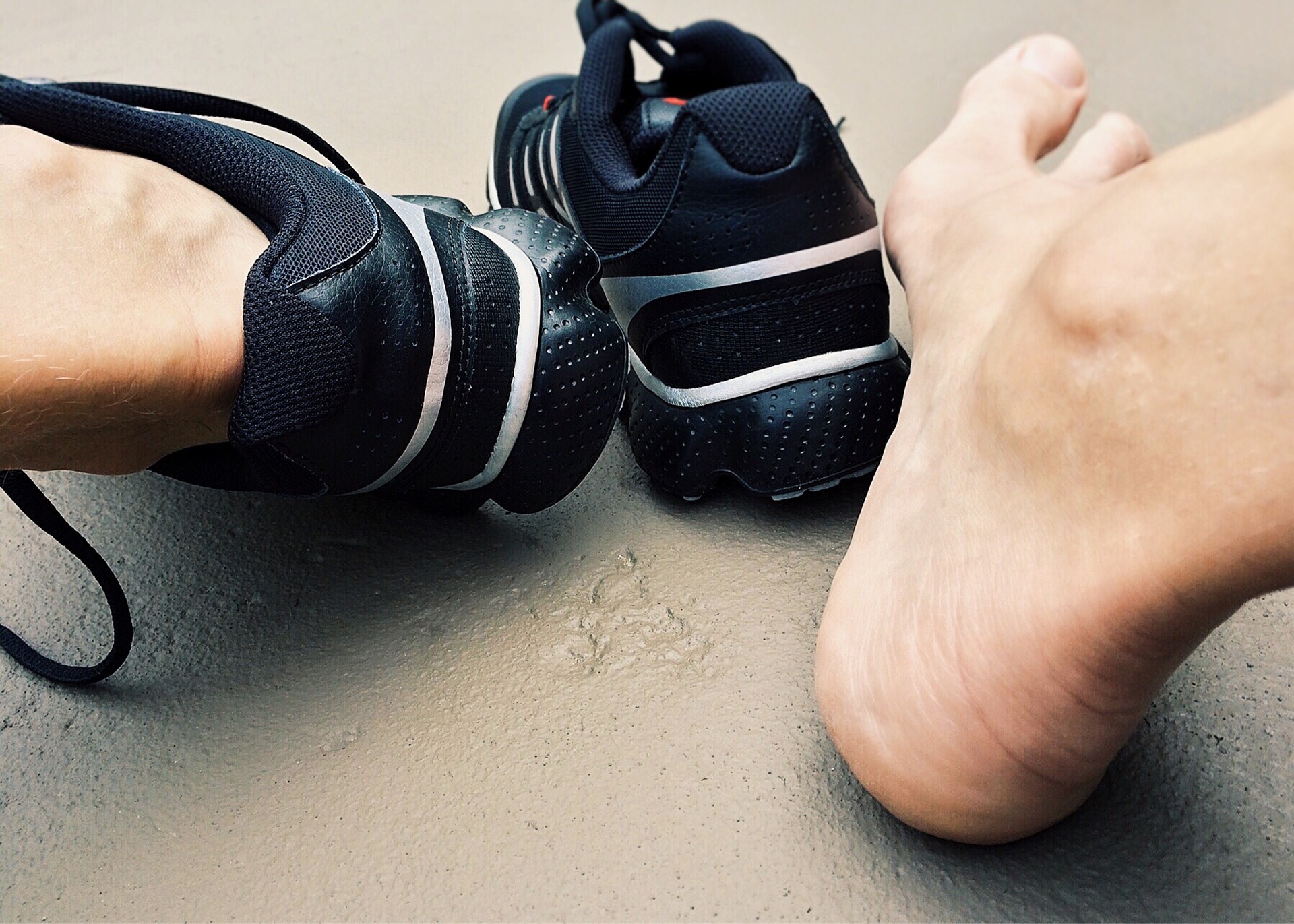

Why Are Feet Important?
Even though the feet make up only 5% of the body weight, each foot contains 26 bones out of a total of 206 bones normally found in the human body.
That means that the feet have roughly 25% of all of the body’s bones! Because our feet contain so many bones, they are able to serve several functions for us, such as walking, running, jumping, and – most importantly – supporting our weight
Our Feet's Three Arches
Together, these three arches act as a spring as we walk.
But misalignment or incorrect development of these arches will cause an uneven distribution of pressure upon our feet, which in turn would cause the body’s structure to become crooked.

The angles of our ankles are also important.
If your ankles are tilted, it would create excessive pressure on one side of your shoes, thus causing it to wear out more quickly and easily. If your ankles are tilted outward, then you have what is known as a supinated foot. If your ankles are tilted inward, you have what is known as a pronated foot. You can test whether your ankles are tilted by viewing the wear on the bottom of your shoes or looking at your shoes from behind. Are your shoes flat against the ground, or are they tilted inward or outward?

The angles of our ankles are also important.
If your ankles are tilted, it would create excessive pressure on one side of your shoes, thus causing it to wear out more quickly and easily. If your ankles are tilted outward, then you have what is known as a supinated foot. If your ankles are tilted inward, you have what is known as a pronated foot. You can test whether your ankles are tilted by viewing the wear on the bottom of your shoes or looking at your shoes from behind. Are your shoes flat against the ground, or are they tilted inward or outward?
As the foundation of the human body, feet play an integral part of keeping the rest of the body healthy and in a proper posture, especially as we age.
In the elderly, the deterioration of the body begins in the feet.

Because of age and use, the arches of the feet start to collapse, causing the calcaneus to skew, which in turn would cause the knees to turn inward, the pelvis to tilt, and the torso to slump forward. As a result, we often see elderly people with slouched postures. The posture can be corrected with the aid of arch support insoles, which in turn will also help relieve backaches.
※ Customized insoles can also help redistribute the weight and pressure of the feet.
In the elderly, the deterioration of the body begins in the feet.
Because of age and use, the arches of the feet start to collapse, causing the calcaneus to skew, which in turn would cause the knees to turn inward, the pelvis to tilt, and the torso to slump forward. As a result, we often see elderly people with slouched postures. The posture can be corrected with the aid of arch support insoles, which in turn will also help relieve backaches.
※ Customized insoles can also help redistribute the weight and pressure of the feet.

Picking the Right Shoes
Do you know how to pick the right shoes? In order to select shoes that would best protect your feet, follow these simple steps!
Feet changes sizes throughout the day, and usually swell by afternoon. To ensure that the shoes you buy won’t end up too tight, be sure to try them on later in the day instead of morning.
The best material to use for the bottom of your shoes would be rubber.
For the insole, materials you should consider are Ethylene-vinyl acetate (EVA), EVA with rubber, thermoplastic rubber, polyurethane, pure rubber, or lightweight rubber.
Leaving space for your feet will allow your toes room to move. Insufficient space in the toebox may cause problems such as corn, calluses, or deformed toes. Because children’s feet are still growing, they will require more room in the toebox to compensate for growth.
The higher our heels are, the more weight is placed on the front of our feet and toes. With the heel at 2 cm high, the weight distribution between the forefoot and hind foot is an equal 50-50. However, high heels 10 cm would place 90% of our weight on the forefoot, creating the risk of claw toes.
The main function of shoes is to protect your feet. Firm heel counter and shoes laces or Velcro straps help steady your feet, and a rubber bottom keeps you from sliding.



